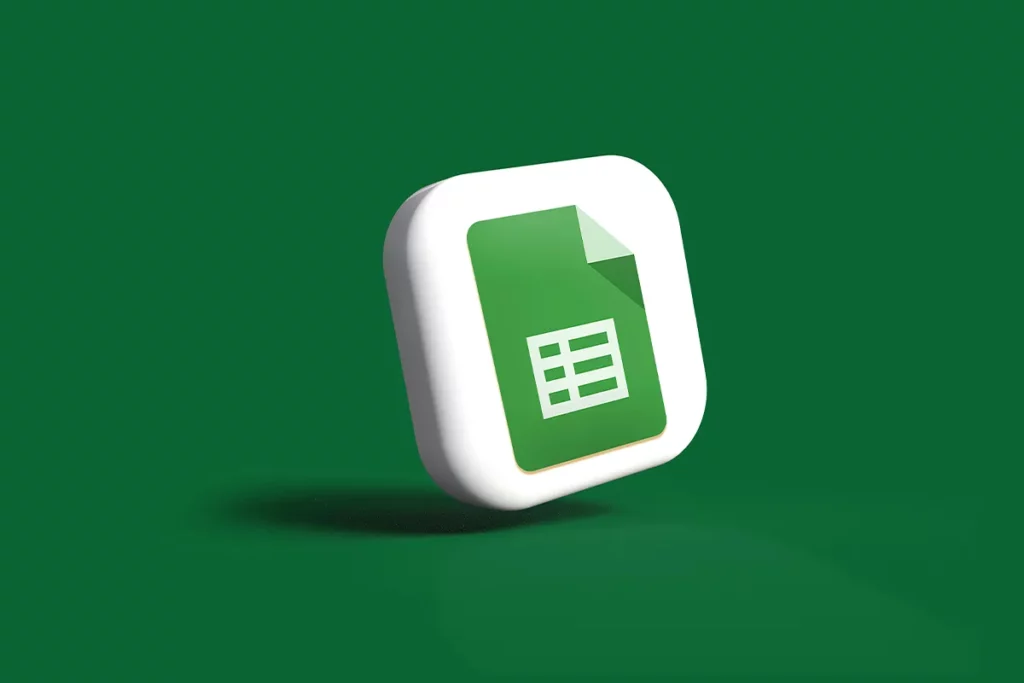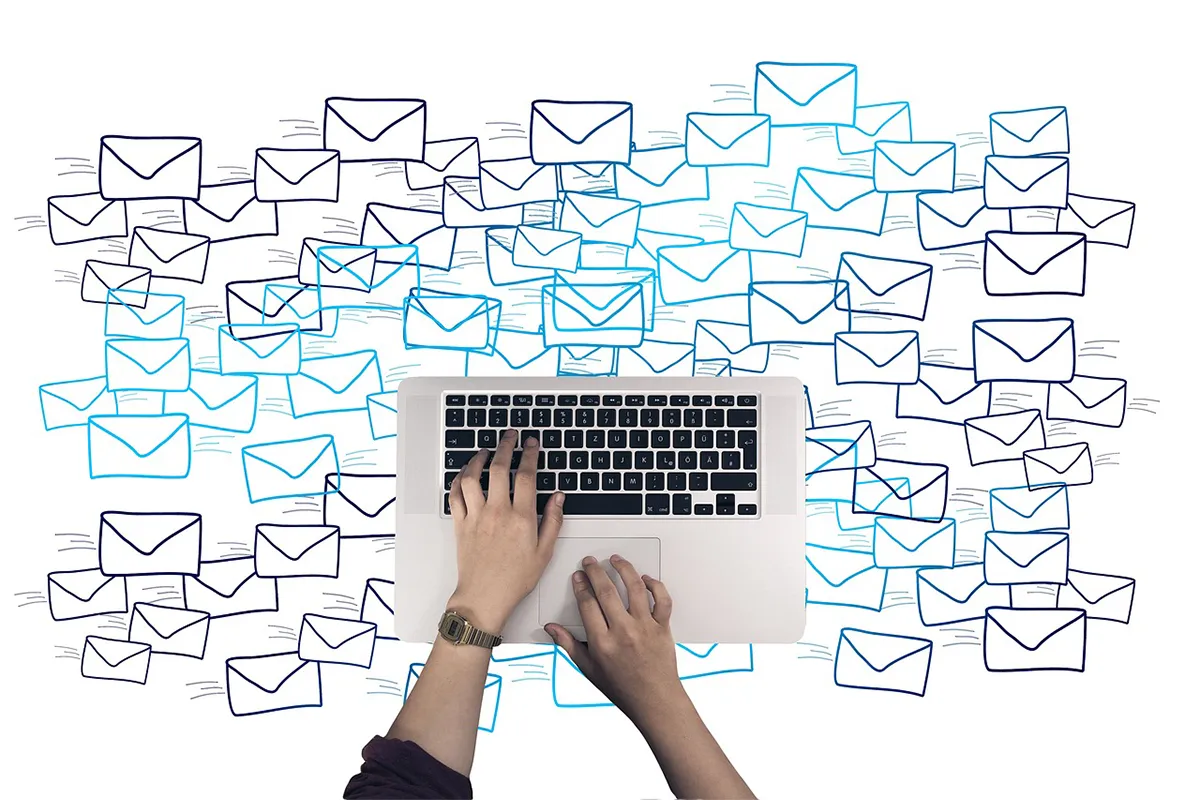You can stop manually addressing envelopes. You can learn a simple way to make many labels. This guide teaches you how to use Mail Merge for labels with Excel and Word or with Google Sheets and Google Docs. This way, your labels will be aligned every time you print.
Imagine you have a list of 50, 100, or even 500 addresses to print on labels. You may wonder how to manage this job well.
You can make a new label sheet in a text editor like Microsoft Word or Google Docs. You must enter each address by hand and print the labels. This method takes a lot of time and can lead to mistakes. Luckily, mail merge makes this job easier by automating the creation of labels.
In this guide, we explain how to use mail merge with MS Word and Excel or Google Docs and Sheets. This method saves you time and effort when you mail many items.
What is label mail merge?
Label mail merge is a helpful tool. It lets you create many labels from a list of addresses or other data. Instead of typing each label, this tool generates them automatically from Excel or Google Sheets.
To use label mail merge, first, you must arrange your address data in a source file. Then, you format your labels in Word or Google Docs. You merge the documents to get your labels. This method is very useful for sending many items like holiday cards, invitations, or business mail. It makes the job easier and reduces mistakes.
How do mail merge labels work?
You can make many personalized labels easily. There are two main methods: (1) use Word and Excel or (2) use Google Docs and Sheets. Here is a step-by-step guide for each method.
Method 1: Create labels using MS Word and Excel
First, set up your address list in Excel. Then, create a label template in Word and merge the two files. Follow these steps:
Step 1: Start a new document in Microsoft Word.
Step 2: Go to Mailings. Then, choose Start Mail Merge. Next, select Step-by-Step Mail Merge Wizard.
Step 3: Select Labels for your document type. Then, click on Starting Documents.
Step 4: Click on Label Options under Change document layout. Choose your Label vendor and Product number. Then, click OK.
Check the label package if you need details about the label type.
Step 5: Click on Select Recipients. Then, click Browse. Select your data source and confirm by clicking OK.
Make sure your Excel address list is correct. It must have two columns: names and addresses. Enter your data into the columns.
Step 6: In Word, click on Arrange your labels. Then, select Address block. Choose the recipient’s name format and check that the Insert postal address is chosen. Click OK.
Step 7: To apply this label format to all labels, click on Update all labels.
Step 8: Select Preview your labels. Modify spacing and other details. Look at the final printed version, too.
Step 9: Check the accuracy of your labels. Once you are happy, click on Complete the merge. Then, click Print, select your printer, and click OK.
Now, you have successfully created labels using Word and Excel.
Method 2: Create labels using Google Docs and Sheets

If you like using Google tools, you can also mail merge labels. Use Google Docs and Google Sheets with an add-on called Labelmaker. Labelmaker has over 5 million users and a high rating of 4.8 stars from over 13,000 reviews. This shows it is reliable and cares about privacy. Here is how to use it to create and print labels:
Step 1: Go to the Google Workspace Marketplace. Click Install to add Labelmaker to your Google account.
Step 2: Log in to Labelmaker. Use your Google account for this. Grant Labelmaker access to your Google Docs and Google Sheets.
Step 3: Open a new document in Google Docs. Go to Extensions. Select Create & Print Labels. Then, choose Create labels.
Step 4: Click on Select a template. This is under the Label template.
Step 5: Browse through over 5,000 label templates. They are in categories like “Avery® US Letter,” “Sheetlabels.com,” “OnlineLabels.com,” and “Herma.” Click Use to pick one.
Step 6: Prepare your address list in Google Sheets. Start a new spreadsheet. Add headers to each column. Enter your recipient information.
Step 7: Return to Google Docs. Select your spreadsheet by clicking Select a spreadsheet. Choose the one you prepared.
Step 8: Format the first cell in Google Docs. Use text in it. Use merge fields for dynamic content. Choose merge tags like «First name,» «Zip Code,» or «City» from Add merge fields.
Step 9: Click Create labels. This will generate a document with a full sheet of labels. It will use your template.
Step 10: Labelmaker, fill in the labels with data from your Google Sheets. To print, go to File. Click Print. Set the margins to None. Set the scale to 100%. Change the page size if needed. For example, set it to Letter for Avery® US Letter 5160 labels.
Find out the 10 best Gmail settings that will make your daily task management easier and bypass any common errors.
Conclusion
With these steps, you make and print personalized labels. You use Google Docs and Sheets with Labelmaker.
Label mail merges offer an easy way to produce labels. They help to format and print labels. Using tools like Labelmaker with Microsoft Word and Excel or Google Docs and Sheets helps automate the labeling process. This is very efficient. This method is faster for making large-scale mailings. It also ensures accuracy and precision.
Still finding it difficult to mail merge labels despite this comprehensive and step-by-step guide? Never give it a second thought, and reach out directly to Google customer service.

